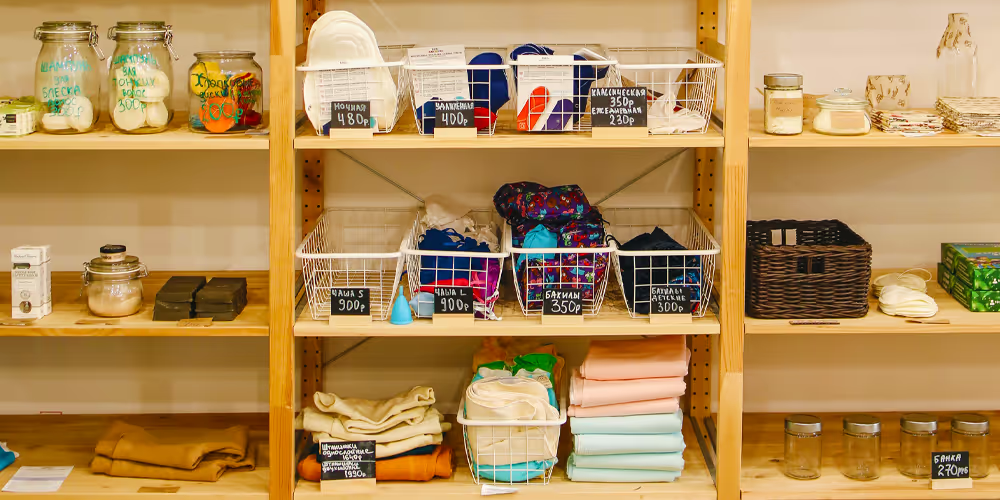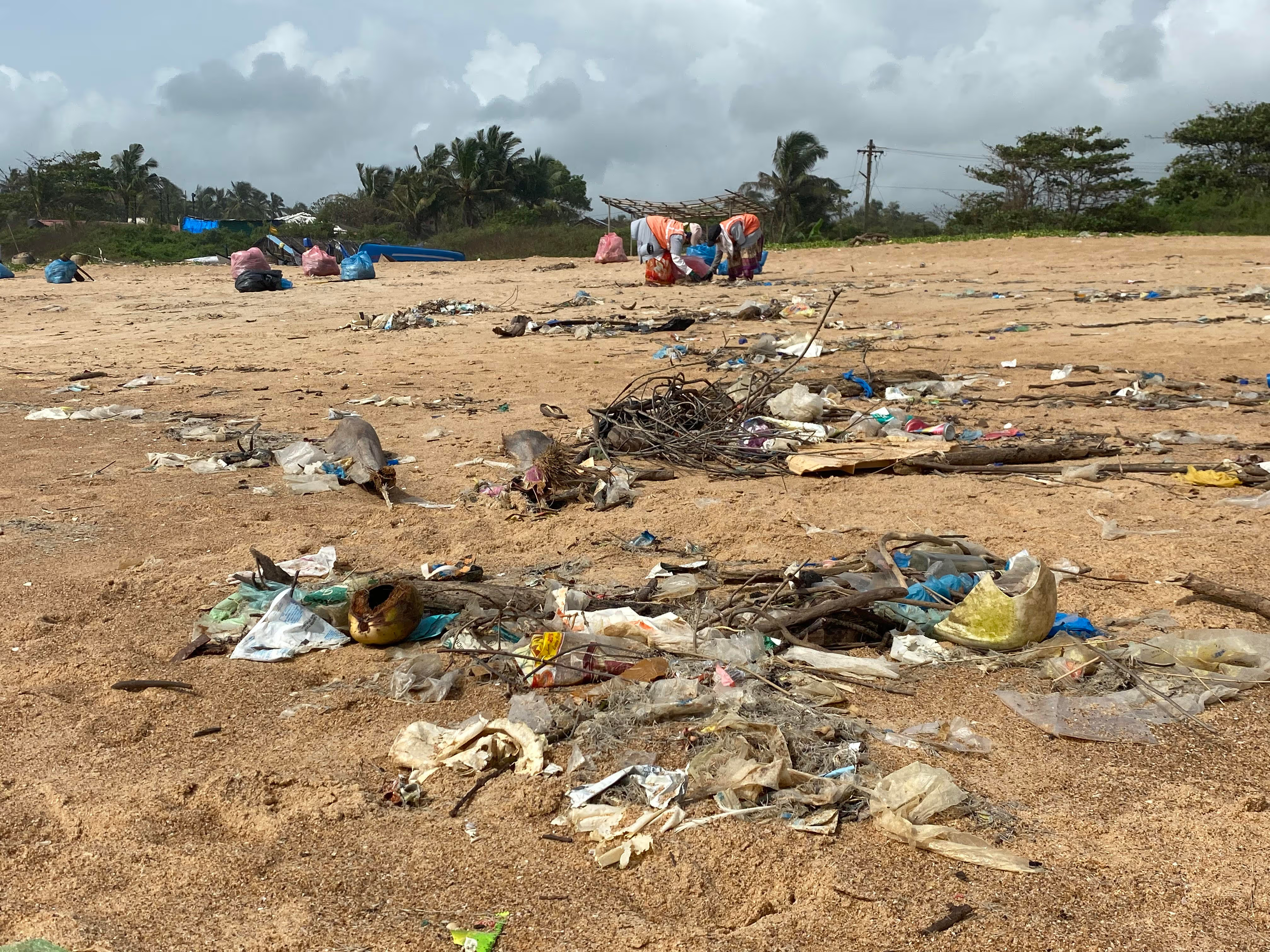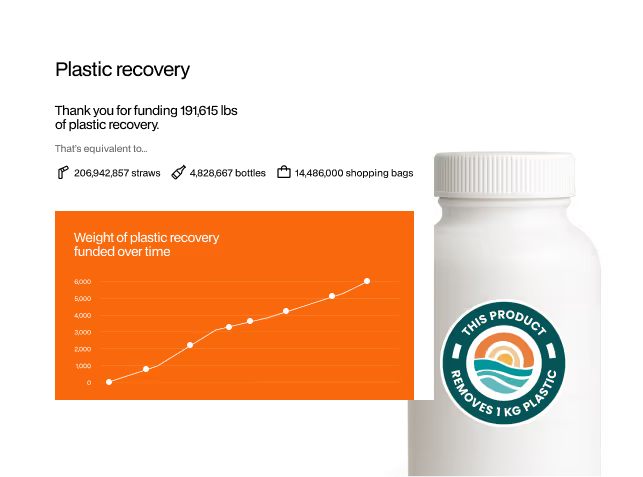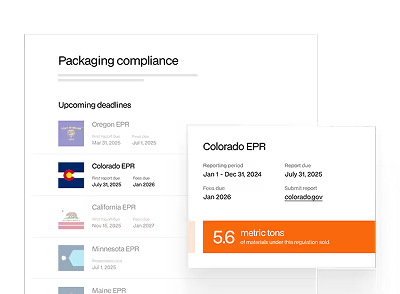The increasing popularity of online shopping is raising environmental concerns. Consumers are beginning to search for ways to go green while shopping online. Easy to order and quick to deliver, online portals entice consumers with convenience, speed, and flexibility.
A study by MIT found that online shopping tended to be more eco-friendly than shopping in-person. The study focuses on consumer purchases that carry significant environmental costs such as electronics, toys, and clothes. However, the study indicates that online purchasing is only more efficient if in-person shopping is more than 2 miles away. Travel costs are important considerations when creating a green online shopping routine.
Personalizing a sustainable shopping routine takes trial and error. Explore our 5 tips to go green while shopping online.
1. Purchase in Bulk

Bulk purchases are vital to create efficiency; environmental costs increase with every trip. Consumers need to be mindful of the environmental footprint associated with their purchases.
While buying in bulk can decrease travel costs, there is significant single-use plastic and packaging associated. Contact the company directly to see if there are options to reduce waste. Amazon’s Frustration-Free Packaging can alter shipping methods. They minimize excess materials and ship products in 100% recyclable packaging. Also, ask them to reduce the plastic in your orders; they will take note of your preference and do their best to minimize it.
2. Avoid Express Delivery

Express shipping methods create a heavier environmental toll than standard shipping. While attractive due to free or marginal costs, same-day or express delivery can incorporate air travel, leading to higher carbon emissions. Opting for slower shipping methods is an easy way to go green.
Choosing extended shipping is easier said than done. Learn how to assess the importance of each purchase. If the purchase is essential, how quickly do you need it to arrive? Can it wait, or can it be purchased with other items in bulk? These are the questions we must consider to create more efficient consumption.
3. Consolidate Purchases

As mentioned above, aggregating orders can reduce waste and your carbon footprint. Implement a wish list to avoid multiple orders. As needed, add the items you want or need, and every time you do so, look back over the list to ensure all items are necessary. Not only can this help reduce waste, but it also limits the occurrence of the dreaded pressure purchase.
While companies like Amazon have their faults, if utilized correctly, they can become powerful tools to help green online shopping. When finding a site to start a wish list, look for a one-stop-shop tailored to all shopping needs.
4. Minimize Returns

Major retailers have designed a near-flawless system to accept returns, usually at no cost to the consumer. While the convenience is attractive, returns can significantly increase your product’s environmental costs. Nearly 30% of all e-commerce sales are returned. Afterward, products are often sold at a discount or thrown away. In the garment industry, 84% of all returns end up in landfills or incinerated.
These statistics are humbling and speak to just how disposable our society has become. Do your part to minimize returns, and only purchasing verifiably necessary products. The wish list can add to your reassurance as you consistently reassess your possible purchases.
5. Hunt for Eco-Friendly Retailers

Products and products have become more ethically transparent. There are certifications such as organic and fair-trade to indicate that products have a higher degree of environmental transparency. rePurpose Global has created a Plastic Neutral certification so retailers can provide the same transparency as the products they sell. When companies become Plastic Neutral, they compensate for the amount of plastic their supply chain creates, pound-for-pound. Check out their site to learn which companies have taken steps in reducing their plastic footprint.
6. Introduce Credits

Implementing carbon credits is easier than you think. UCapture is a green-tech platform to help combat climate change. At no extra cost to you, they contribute a portion of your online spending to carbon credit projects. With UCapture you can eliminate most of your carbon footprint by targeting their partner companies for your spending. Plus, you’ll save money on your shopping as their technology automatically applies the best discount code available for your cart!
Do you part to make society less disposable, and begin to incorporate the broader environmental picture into every purchase. Every action and purchase creates impact, try to make yours as minimal as possible.
Curb your own plastic consumption and mitigate your impact on the planet by going Plastic Neutral with us today. Small steps enable big changes, take yours today.



.avif)








